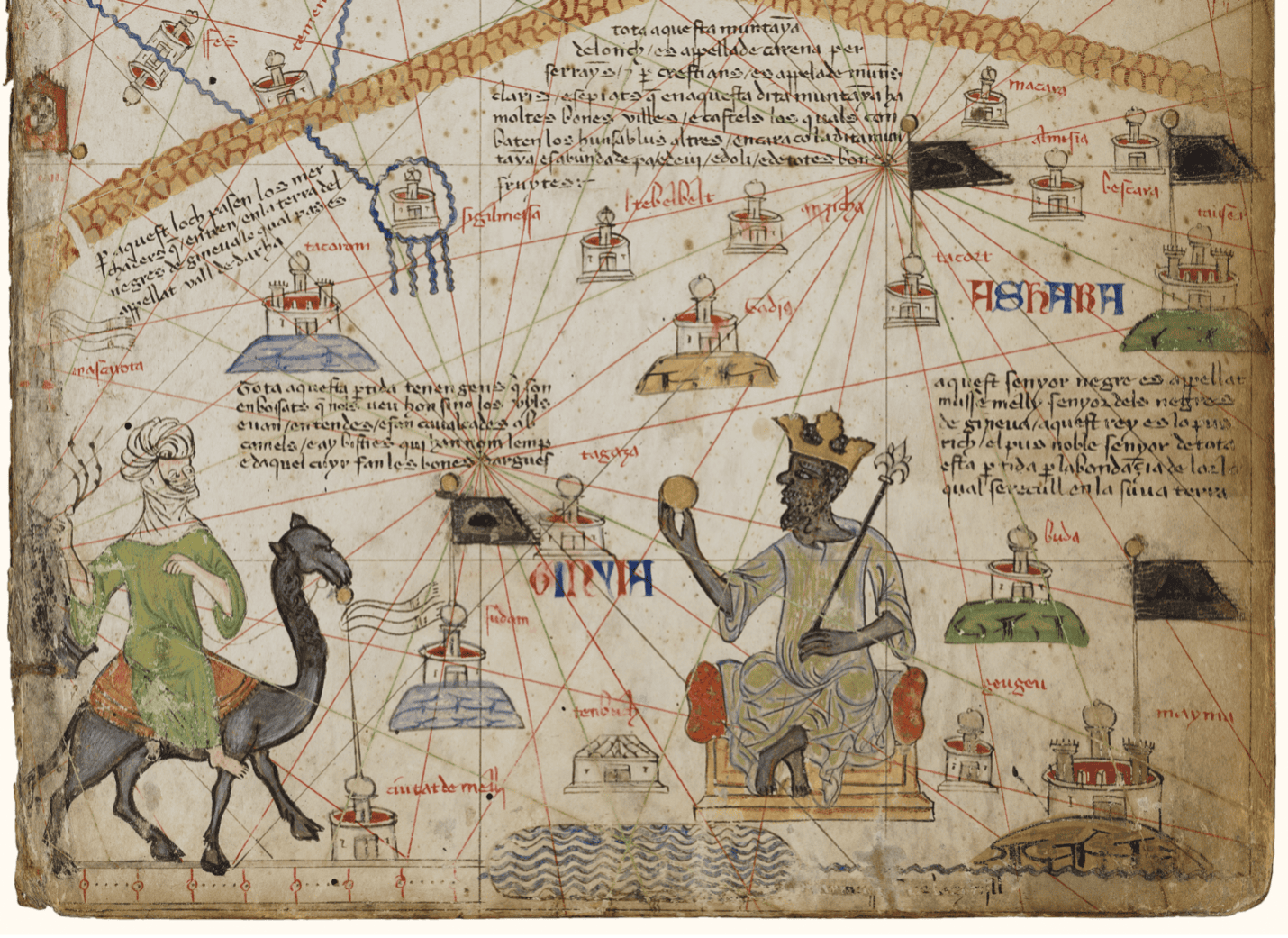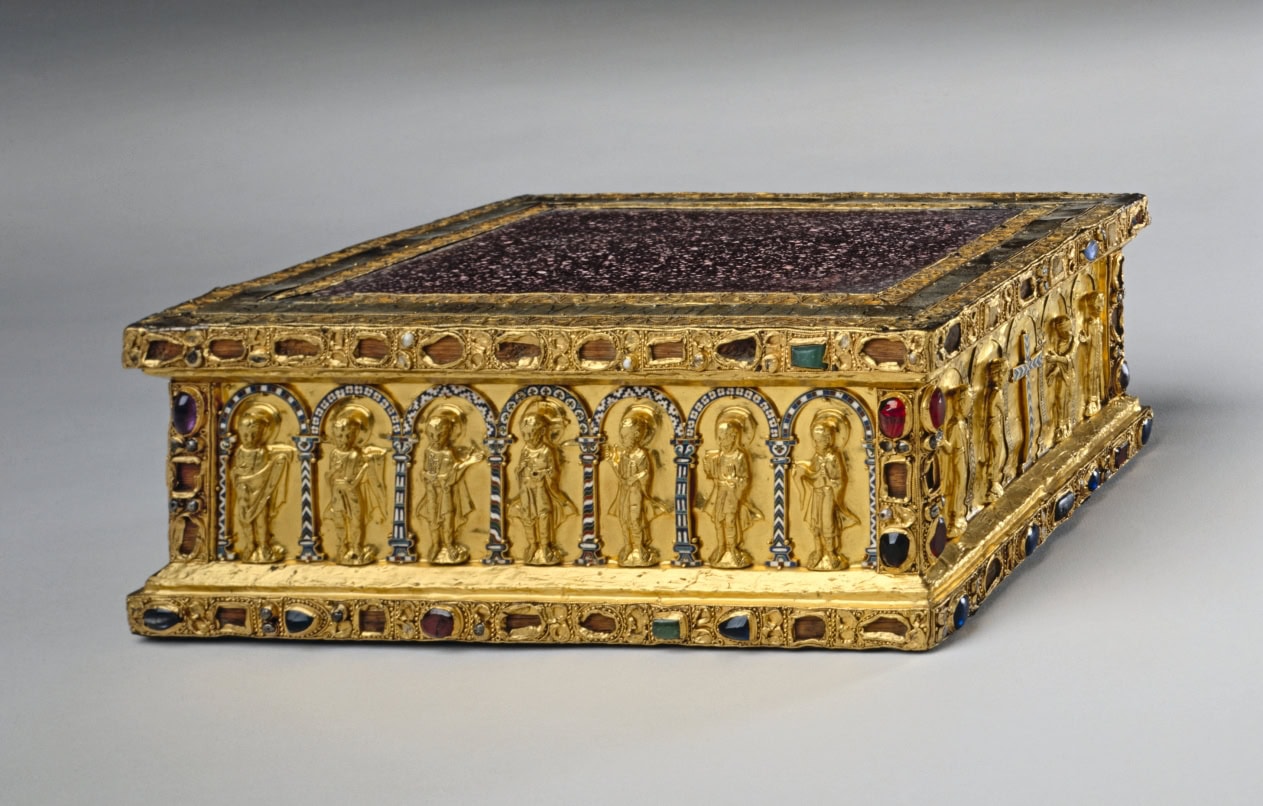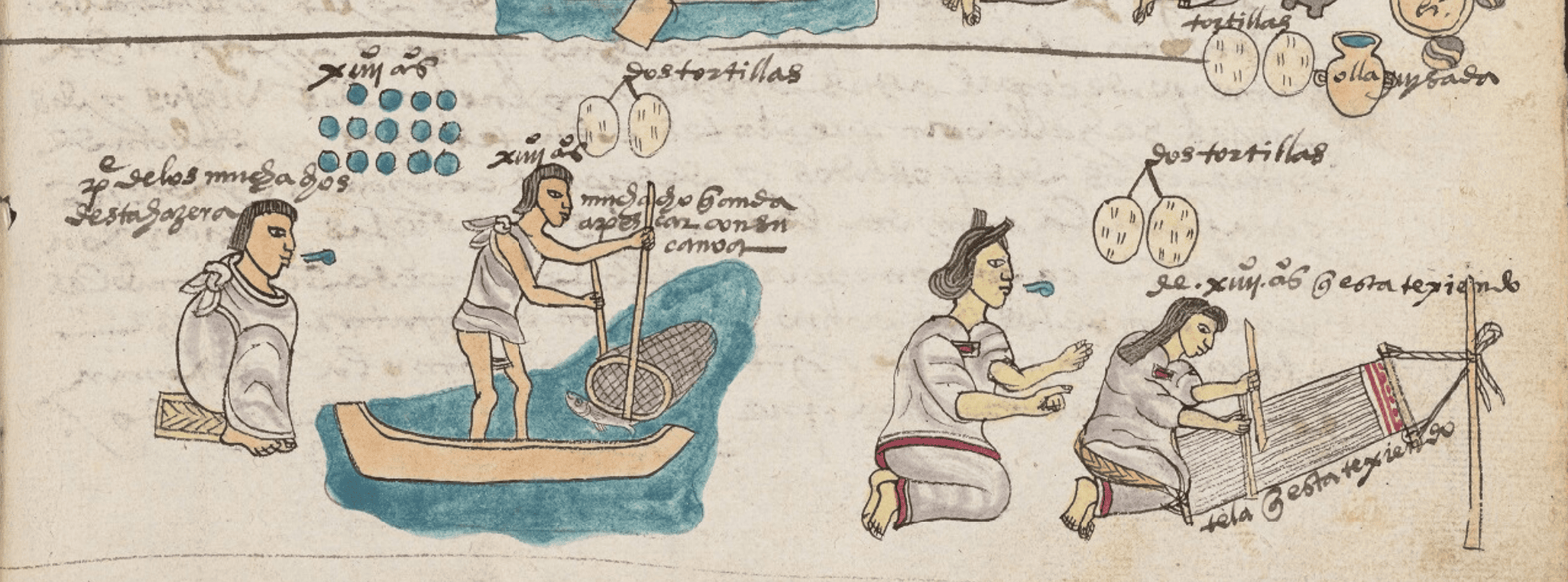By Mario Einaudi
Professor of Government, Cornell University
Revised by Shepard Clough
Social Science Research Council
(Published December 1945)
 Table of Contents
Table of Contents
From “Geographical Expression” to European Power
The First World War and Its Aftermath
Main Problems of Economic Reconstruction
Future Relations between the Church and State
The Main Political Problems to Be Solved
Italy’s Foreign Relations and the Future
Introduction
What is going to happen to Italy, now that the Italians once more have the decision it their own hands?
The answer to that question is important. Italy, with its 46 million people is the fourth nation of Europe in population. It ranks eighth or ninth in area. Geographically and strategically it lies at the center of the Mediterranean world, astride the most important sea and air lanes from western Europe to the Near and Far East.
What the Italian people will do, how they will get along economically, what kind of political system they will work out, and many more such problems will not be solved in a vacuum. The answers will affect the world and be affected by it. They will concern the United States, and we ought to know something about the possibilities. But if we are to have any chance of understanding Italy’s future, we first have to know something about Italy’s past.
Related Resources

September 7, 2024
Travel and Trade in Later Medieval Africa

September 6, 2024
Sacred Cloth: Silk in Medieval Western Europe

September 5, 2024